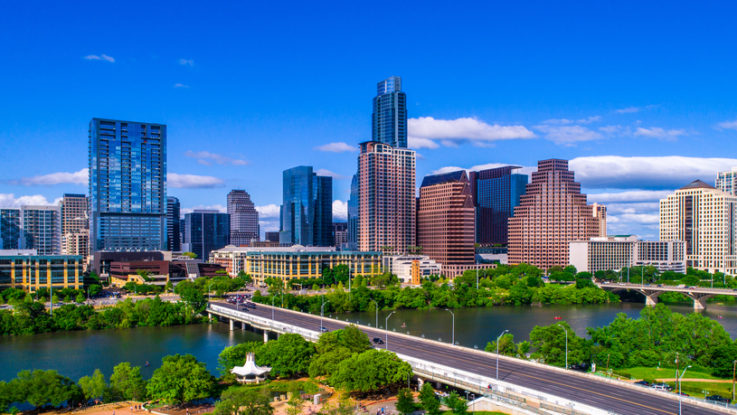
The city of Austin, TX, is preparing to launch a network of resilience hubs to better prepare residents for various environmental threats, such as flooding, drought, extreme heat, and wildfires. The city will be using US$3 million in American Rescue Plan funds to create the initial six hub sites. The eventual goal is to form a larger network composed of up to 30 resilience hubs by the end of 2025, with the facilities offering services and support to communities – particularly vulnerable populations.
Resilience hubs are designed to complement emergency response and operations. They are usually located in trusted neighborhood spaces, such as houses of worship, public libraries, and community centers. Before, during, and after disasters, they can provide shelter, food and water, information, accessible bathrooms, cell phone charging, and meeting spaces. During non-emergencies, they can still add to community resilience by offering resources and community-building activities year-round.
In preparation, the city is working with agency and community organizations, and will host a series of workshops to aid in identifying locations and elements needed for each hub. The above linked website contains a survey, designed to collect information from individuals and stakeholders who are interested in setting up community hubs in private facilities, along with a Neighborhood Preparedness Guide with information to help build individual and household preparedness and resilience capacity.
The city’s Resilience Office is also evaluating locations for the potential usage of onsite generators, solar power, or battery storage for backup power in case of an outage, as well as making use of rainwater or potable water cisterns.
“As climate change brings more frequent severe weather and other disasters, there is a need for accessible community spaces, supply distribution centers, backup power and water, and safe temporary shelters,” said City of Austin Resilience Officer Laura Patiño. “Working with Austin Independent School District, Travis County, the Community Advisory Committee, and the Community Task Force, we continue to make progress towards the creation of this vital support network.”